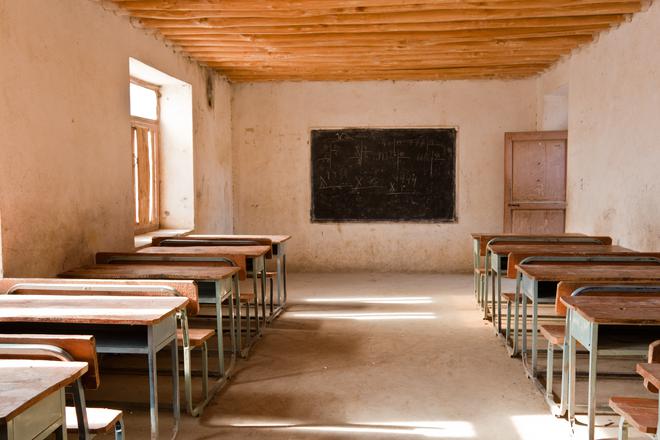Context
-
In the last two years, India has achieved the dubious distinction of becoming the country with the second longest COVID-19 pandemic-linked school closure in the world — next only to Uganda. According to a United Nations report, it is an estimated 82 weeks, with some intermittent classes in between.
- In the Union Budget 2022-23, while acknowledging learning loss due to the pandemic, the Government has proposed, under the ‘one class, one TV channel’ programme of the Pradhan Mantri eVidya, or PM eVIDYA, scheme, to expand 12 television channels to a total of 200 channels, in order to “impart supplementary teaching”.
The root causes of school closure in India
- Widespread misinformation
- Unsubstantiated statements such as ‘the third wave would affect children’ and ‘let’s wait for vaccination of kids before reopening schools’ were made by influential individuals and amplified on social media.
- Opinion of a small section of privileged parents and self-proclaimed representatives of their association
- often not fully understanding the complexity of the issues — dominated and prevailed in the mainstream discourse.
- Government’s response, at all levels, to the misinformation was delayed and arguably insufficient.
- Lived experience of citizens from the second COVID-19 wave in India in which people had to fend for themselves — dented the trust of the average citizen in the Government and its institutions.

Credit: TH - For many months after the initial closure of schools, there was almost no planning and discussion on the need for objective criteria to reopen schools.
The delay in school reopening has revealed societal aspects as well:
- First, it is not a given that those with the influence and voices would speak on behalf of the poor and the voiceless.
- Second, school closure has had the worst impact on children who were already at a disadvantage.
- Third, the learnings during the novel coronavirus pandemic have been (wrongly) equated with completion of the syllabus.
- For the majority of the poor and lower- and middle-income families, quality education is the only hope to come out from the vicious cycle of poverty and think of a bright future.
- The widening educational inequities now mean that the pandemic has deprived the poor and the most vulnerable in society of this opportunity.
- Continued school closure and a hesitation in reopening academic institutions are the symptoms of a deeper malady in India’s education system as well as a reflection of the value decision makers attach to school education.
- The School Children’s Online and Offline Learning (SCHOOL) survey in India has shown that the TV-based education programmes are completely ineffective.
Way Forward
- It is possible through a structured approach of P-E-R-I: Prepare; Engage; Reimagine and Innovate.
- Prepare for the continuity of school education. The necessary planning and everyone developing a perspective on the risk of COVID-19 is absolutely essential.
- Every State needs to develop a road map, strategies and plan ahead to prevent avoidable disruptions.
- Engage with key stakeholders including parents and raise awareness about the importance of in-person education and the concept of holistic child development.
- Need for the continued engagement of all key stakeholders — parents, community members, schools, public health experts and the local governments — to counter any misinformation in the course of things and bring learning on track.
- Anganwadi. pre-nursery and nursery schools in most States and primary schools in many States continue to remain closed, which should be opened urgently and immediately.
- Reimagine every facet of school functioning such as improved ventilation and blended learning methods
- Special initiatives socio-political engagement and discourse need to be started so that every single child who is in need of education can return to in-person learning.
- It is also an opportunity to revive school health services in Indian States, and institutionalise regular counselling and mental health services for school-age children, especially for adolescents.
- Innovate for compensating for learning loss and make schools place for holistic child development.
- A child meeting and interacting with other children in real life and in school contributes to the emotional, social, cognitive, communication, and language development.
Conclusion
-
There is a need for every government to prepare a mid- to long-term plan to compensate for the learning loss, with a sufficient focus on overall child development. There is a need for strategic and innovative thinking and lasting solutions.
Visit Abhiyan PEDIA (One of the Most Followed / Recommended) for UPSC Revisions: Click Here
IAS Abhiyan is now on Telegram: Click on the Below link to Join our Channels to stay Updated
IAS Abhiyan Official: Click Here to Join
For UPSC Mains Value Edition (Facts, Quotes, Best Practices, Case Studies): Click Here to Join
